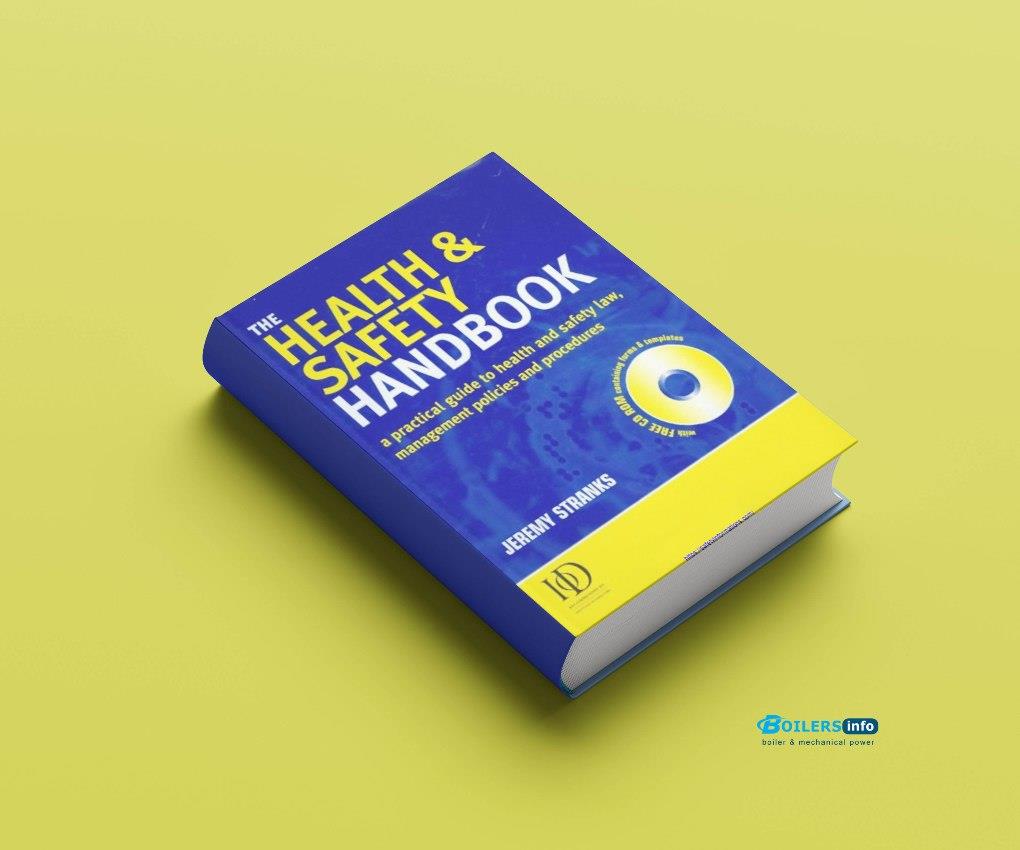Health and safety in the workplace are not just legal obligations—they are fundamental aspects of a productive, sustainable, and ethical organization. A well-rounded approach that incorporates laws, risk management, employee involvement, and safety engineering is crucial to preventing incidents and fostering a proactive safety culture.

Legal Foundations: Understanding the Law
Workplace safety in the UK is primarily governed by the Health and Safety at Work etc. Act 1974, supported by numerous regulations such as the Management of Health and Safety at Work Regulations (MHSWR) 1999 and the Provision and Use of Work Equipment Regulations 1998 (PUWER). Civil and criminal law play roles in enforcement, with Health and Safety Executive (HSE) acting as a key regulatory body. Organizations must understand their duties under these laws to avoid prosecution and ensure protection for employees and the public.
Strategic Safety Management
Effective safety starts with robust health and safety management systems. This includes creating and maintaining a written health and safety policy, appointing competent persons, and developing emergency procedures. A major part of management is conducting hazard identification and risk assessments, and implementing safe systems of work. Engaging employees through training, joint consultation, and effective communication builds a shared responsibility for safety.
The Role of Manuals and Instructions
Health and safety manuals and employee instructions provide clear guidance on organizational safety procedures. These documents must be kept up-to-date and made accessible. Proper training ensures that all staff understand and follow procedures, reducing the risk of errors and accidents. Employers must also have employers’ liability insurance to cover potential compensation claims.
Engineering and Equipment Safety
Workplace equipment must be assessed, maintained, and used correctly. Hazards from machinery, tools, and pressure systems are addressed through regulations like PUWER and LOLER (Lifting Operations and Lifting Equipment Regulations 1998). Key elements include risk assessments, machine guarding, and safety mechanisms. The safety of mobile and mechanical handling equipment and internal transport systems also needs careful attention to prevent injuries.
The Working Environment and Electrical Safety
A safe working environment includes proper lighting, ventilation, temperature control, and hygienic conditions. Electrical safety is a major concern—hazards like electric shock and fire must be managed through inspections, maintenance, and adherence to safety standards. Portable appliances, batteries, and cables must be monitored for compliance.
Fire Safety
Fire risks are ever-present. Employers must understand principles of combustion, sources of ignition, and classification of fires. Installing alarm systems, conducting regular fire drills, and storing flammable substances safely are essential. A legally compliant fire risk assessment should be carried out regularly, and fire instructions must be clearly communicated.
Occupational Health and Human Factors
Occupational health includes managing manual handling, noise, display screen equipment, and workplace stress. Promoting healthy lifestyles and providing first aid support a well-functioning workforce. Equally important is recognizing human factors—designing systems that accommodate physical and psychological human capabilities to reduce human error.
Personal Protective Equipment (PPE)
PPE acts as the last line of defense. From gloves and helmets to respirators and eye protection, PPE must be selected, maintained, and used appropriately. Training in correct use and understanding the limitations of PPE is crucial.
Construction and Hazardous Substances
Construction sites carry unique risks such as falling objects, structural collapse, and equipment hazards. Both clients and contractors have responsibilities, and adherence to construction safety laws is essential. Likewise, handling hazardous substances like chemicals demands proper labeling, storage, and use of safety data sheets (SDS), backed by training and emergency planning.
Learning from Accidents
Accident reporting and investigation are not about blame—they are about learning. Legal requirements dictate prompt recording of certain incidents, and detailed investigations can uncover root causes to prevent recurrence. Understanding the costs of accidents, including financial, legal, and reputational damage, reinforces the importance of prevention.
 Boilersinfo Boiler and Mechanical Power Digital Library
Boilersinfo Boiler and Mechanical Power Digital Library





